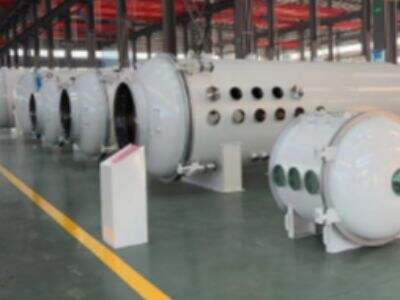The materials we use to coat vacuum chambers have a big impact on their performance. At Changzhou Lemeng, we understand that quality materials lay the foundation for solid and functional vacuum chambers.
Stainless steel is one important coating material for vacuum chambers. The main body of a vacuum chamber is made because stainless steel is strong and durable. It does not rust, which means it can withstand various coating processes without becoming soiled.
Aluminium is another popular material. Aluminum is lightweight yet sturdy, so it’s a suitable choice for pieces such as lids and edges. It keeps internal temperature inside the chamber stable while coating.
How Core Strongness Affects Coating Performance
Vacuum chambers require a solid core structure for good coating results. The central structure is the primary support for the chamber, helping all the components stay in place and helping maintain a safe vacuum environment.
Changzhou Lemeng specializes in providing solid and stable core structure for vacuum chamber. To hold up to the coating processes and provide excellent results, we utilize high-grade materials and precision engineering for our chambers.
Not only does the cohesive core structure enhance vacuum chamber performance, but it also streamlines the coating process. This allows the chamber to maintain the correct vacuum and reduce the likelihood of any leaks for a clean coating without any defects.
Sealing Technology for Vacuum Chambers at the Forefront
Sealing technology plays a significant role to prevent leakage and retain the vacuum in the chamber. Recent advances in sealing tech also make vacuum chamber more reliable and efficient — and that leads to better coating as well.
We stay up to date on sealing advancements to continue improving our vacuum chamber here at Changzhou Lemeng. Using the appropriate foils or seals and methodically working with these, we form a seal that is robust enough to withstand the coating procedures.
One innovation is incorporating elastomeric seals. These seals have a lot of elastic/joint, and adapt to the shapes of the chamber parts perfectly, ensuring proper closure and preventing air from entering the chamber. It limits leaking and maintains a substantial vacuum when coating.

